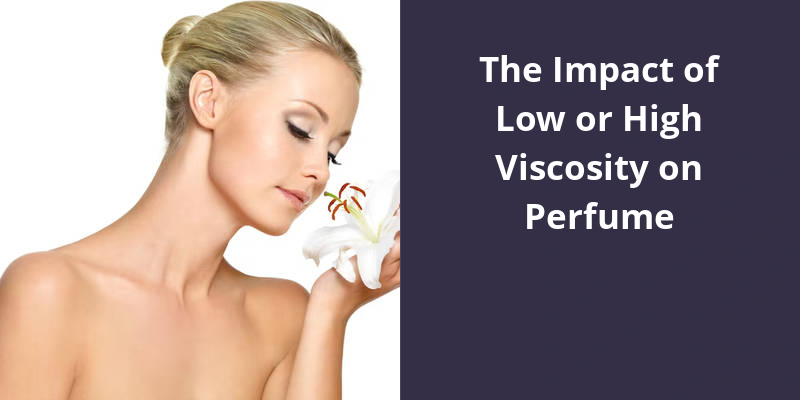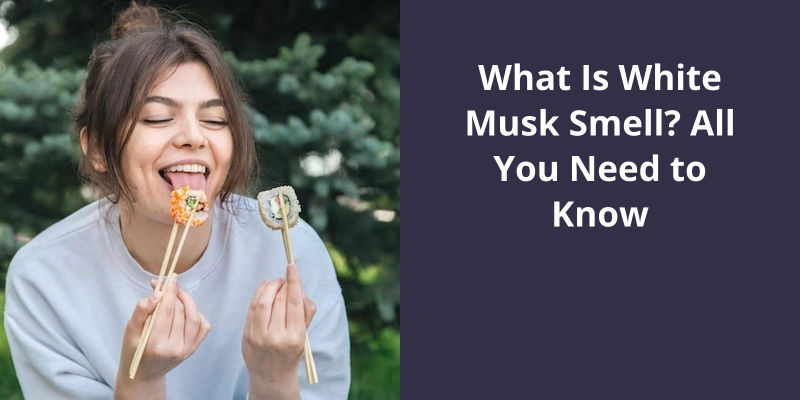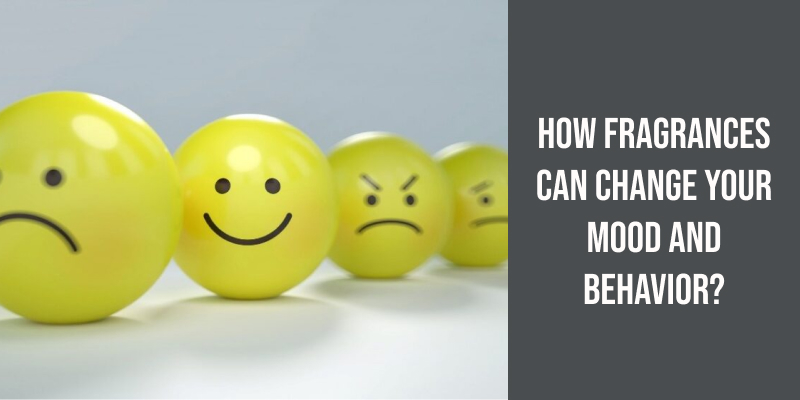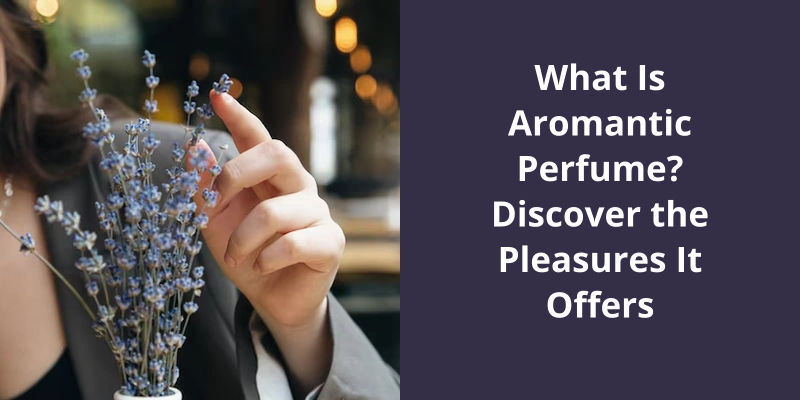The impact of viscosity on perfume is quite significant. Viscosity refers to the thickness of a liquid; high viscosity means it’s thicker and low viscosity means it’s thinner. Low-viscosity perfumes often spread out faster, releasing their scent more quickly, but they may not last as long because they evaporate rapidly. On the other hand, high-viscosity perfumes are thicker, which means they take longer to evaporate and the scent may stay longer on your skin. The level of viscosity can also affect how the perfume is dispensed. High viscosity perfumes might not work well in certain types of spray bottles. Thus, the choice between low or high viscosity depends on factors like how quickly you want the fragrance to be released and how long you want it to last.

How Does Fragrance Affect Viscosity?
The impact of fragrance on viscosity is an intriguing phenomenon. This is primarily due to the volatile compounds present in the perfume, which tend to evaporate quickly, reducing the resistance to flow. As these volatile compounds escape into the air, the overall viscosity of the product decreases.
This can be attributed to the presence of certain ingredients, such as resins or fixatives, which can enhance the overall thickness or stickiness of the liquid.
When incorporated into a product, such as a lotion or a shampoo, the interaction between the fragrance and the other ingredients in the formulation can further influence the viscosity.
By carefully controlling the formulation and considering the specific properties of the fragrance, manufacturers can achieve the desired viscosity for their products.
The Role of Specific Fragrance Ingredients in Affecting Viscosity
- The chemical properties of fragrance ingredients
- How fragrance ingredients interact with other substances
- The impact of fragrance ingredients on the flow and thickness of a product
- The potential for fragrance ingredients to enhance or hinder viscosity
- The importance of understanding the role of specific fragrance ingredients in viscosity control
- The practical applications of using fragrance ingredients in viscosity management
- The challenges and considerations in formulating products with specific fragrance ingredients for desired viscosity
- Fragrance ingredient regulations and restrictions related to viscosity control
- The role of analytical techniques in evaluating the influence of fragrance ingredients on viscosity
In the study conducted using microVISC™, the viscosity of various colognes was analyzed over a range of shear rates. The results revealed that these colognes exhibited Newtonian behavior, with viscosity values ranging from 1.72 to 2.12 mPa-s.
What Is the Viscosity of Perfume?
When it comes to perfume, the viscosity refers to the thickness or resistance to flow of the liquid. It’s a crucial factor that influences the overall quality and performance of the fragrance. To determine the viscosity of different colognes, microVISC™ was utilized to obtain viscosity data. This technology allowed for precise measurements over a range of shear rates, from 200 to 5,100 1/s.
The findings revealed that the colognes displayed Newtonian behavior, meaning their viscosity remained consistent regardless of the shear rate. It indicated that the flow of these perfumes was directly proportional to the applied force, making them predictable in terms of viscosity. The measured viscosity of these colognes ranged from 1.72 to 2.12 mPa-s.
Low viscosity perfumes typically have a thinner consistency and are often described as lightweight or watery. They’re more prone to rapid evaporation and tend to disperse quickly upon application. This results in a subtle and fleeting scent experience. On the other hand, high viscosity perfumes are thicker and more substantial in texture. They’ve a more concentrated formula, allowing for a longer-lasting fragrance experience. The perfume adheres to the skin for a more extended period, emitting a stronger and more noticeable scent.
Factors That Influence the Viscosity of Perfume
- Temperature
- Composition of ingredients
- Concentration of solvents
- Humidity
- Size of fragrance molecules
- Presence of thickening agents
- Chemical reactions between ingredients
- Exposure to air and light
- Storage conditions
- Type of packaging
Although perfume is available in various concentrations, pure perfume remains the most concentrated form of fragrance. With a perfume oil concentration ranging from 15 to 30 percent, it possesses the ability to create a potent and long-lasting scent that can easily last throughout the day.
Is Perfume More Concentrated?
The impact of low or high viscosity on perfume is a topic that explores the concentration and longevity of fragrance. When it comes to perfume, the concentration of fragrance oils plays a crucial role in determining it’s potency and staying power. Pure perfume, also known as parfum, is the most concentrated form of fragrance available in the market. Typically containing between 15 and 30 percent perfume oil, this high concentration allows the scent to be potent, noticeable, and long-lasting. Compared to other fragrance categories like eau de parfum or eau de toilette, pure perfume has the highest viscosity due to it’s concentrated nature.
This can be advantageous for those who prefer a long-lasting scent.
Tips for Choosing the Right Concentration of Perfume for Different Occasions or Preferences.
- Consider the occasion or setting for which you’ll be wearing the perfume.
- For important events or evenings, opt for a stronger concentration like parfum or extrait de parfum.
- For everyday wear, a lighter concentration like eau de parfum or eau de toilette would suffice.
- If you prefer a subtle scent, go for eau de cologne or eau fraiche.
- Take into account the climate or season when choosing the concentration. Heavier concentrations may be too overpowering in hot weather.
- Consider your personal preference for fragrance intensity. Some individuals prefer a more noticeable scent, while others prefer a softer aroma.
- Do a patch test on your skin to ensure you like the way the perfume develops with your body chemistry.
- Remember that different perfumes have varying concentrations, so check the label or description before making a purchase.
- Trust your instincts and select a concentration that makes you feel confident and comfortable.
Source: The Difference Between Perfume, Cologne and Other …
Now let’s explore the key differences between cologne and perfume and understand why cologne is often perceived as lighter in comparison.
Is Cologne Heavier Than Perfume?
Is cologne heavier than perfume? Cologne is considered a lighter form of fragrance than perfume because it typically contains only 2–8% aromatic oils in an alcohol base—making them perfect for everyday wear. On the other hand, perfume usually contains higher concentrations of aromatic oils, ranging from 15% to 40%. This stronger concentration of fragrance oils gives perfume a more intense and long-lasting scent.
The viscosity or thickness of a fragrance, whether it’s a cologne or perfume, can also have an impact on it’s scent and performance. These oils evaporate more slowly, allowing the scent to linger on the skin for an extended period.
However, the impact of viscosity on perfume isn’t solely dependent on the concentration of oils. The specific composition of the oils also plays a significant role. Others may have a lower viscosity but still provide a long-lasting effect due to their chemical composition.
Difference in Ingredients: Discuss the Different Types of Ingredients Used in Cologne and Perfume, and How They Contribute to the Differences in Scent, Longevity, and Overall Performance.
One key factor that affects the scent, longevity, and overall performance of cologne and perfume is the difference in ingredients used. Perfume typically contains a higher concentration of fragrance oils compared to cologne, resulting in a stronger and longer-lasting scent. This higher concentration is achieved by using a higher ratio of essential oils to alcohol or water in the formulation.
In addition to the concentration of fragrance oils, the specific ingredients used in the formulation can also impact the scent and performance. Perfumes may include a wider variety of ingredients, such as floral extracts, spices, and resins, which contribute to their complexity and richness. On the other hand, colognes often contain lighter, fresher ingredients like citrus or herbal notes, resulting in a more invigorating and refreshing scent.
The viscosity of the formulation can also differ between colognes and perfumes. Viscosity refers to the thickness or fluidity of the liquid, and this can be influenced by the ingredients used. High viscosity in perfume can be achieved by incorporating heavier base notes or thickening agents, which can give the fragrance a richer texture. Low viscosity in cologne, on the other hand, is typically preferred to allow for a more even application and faster evaporation, resulting in a lighter and more airy scent.
In summary, the difference in ingredients used in cologne and perfume contributes to variations in scent, longevity, and overall performance. The higher concentration of fragrance oils and wider range of ingredients in perfumes create a more intense and complex scent. Additionally, the viscosity of the formulation can affect the texture and evaporation rate of the fragrance.
They can have a combination of top, middle, and base notes that create a multi-dimensional scent. These fragrances often have more versatility, meaning they can be enjoyed by individuals of different tastes and preferences. The complexity and versatility of a fragrance are indicators of it’s high quality.
How Can You Tell if a Fragrance Is High Quality?
They can have a combination of top notes, middle notes, and base notes that create a multi-dimensional scent experience. This complexity adds depth and richness to the fragrance, making it more intriguing and memorable. Additionally, high-quality perfumes also tend to be more versatile in terms of their wearability and suitability for different occasions. They can be subtle enough for daytime use but also have enough presence for a special evening out.
Another characteristic of high-quality perfumes is their longevity. A good perfume should have staying power, meaning that it lasts on the skin for an extended period of time. This indicates that the fragrance has been well-formulated and uses high-quality ingredients. In contrast, lower-quality perfumes may fade quickly, requiring frequent reapplication.
In addition to longevity, the projection of a fragrance is also an indicator of quality. Projection refers to how far the scent travels from the body. A high-quality perfume will have a good projection, meaning that the scent will radiate a few feet away from the wearer. This creates an aura of scent that can be noticed by others, leaving a lasting impression.
Natural and rare ingredients are often used to create exquisite and unique scents. These ingredients can be expensive and difficult to obtain, but they add a level of richness and distinction to the perfume. Lower-quality perfumes, on the other hand, may primarily consist of cheap synthetic ingredients or filler materials.
Finally, high-quality perfumes are often produced by reputable and well-known fragrance houses. These houses have a long history of creating perfumes and have established a reputation for excellence. They invest in research and development to ensure that their fragrances meet high standards of quality. Additionally, they often employ experienced perfumers who’re skilled in the art of fragrance creation. This expertise and attention to detail result in perfumes that are carefully crafted and of superior quality.
How to Assess the Wearability and Suitability of a Perfume for Different Occasions.
- Consider the season and weather conditions when choosing a perfume. Light and fresh scents are ideal for summer, while warm and cozy fragrances are perfect for winter.
- Think about the occasion you’ll be wearing the perfume for. A subtle and delicate scent is more appropriate for daytime events and work, while a bolder and more intense fragrance can be worn for evenings and special occasions.
- Take into account your personal style and preferences. A perfume should reflect your personality and make you feel confident and comfortable.
- Test the fragrance on your skin before making a purchase. Perfumes react differently with each individual’s body chemistry, so it’s important to see how the scent develops on your skin.
- Consider the longevity of the perfume. Some fragrances last longer than others, and you may want to choose a perfume that will stay with you throughout the day.
- Pay attention to the sillage or projection of the perfume. If you prefer a subtle scent that stays close to your body, opt for a fragrance with a lower sillage. If you want a perfume that leaves a trail as you walk, look for a fragrance with a higher sillage.
- Read reviews and recommendations from others who’ve tried the perfume. Their insights can give you an idea of how the fragrance is perceived by others.
- Consider the bottle design and packaging. While this may not directly affect the wearability or suitability of the perfume, it can be a factor in your overall experience and enjoyment of the fragrance.
- Take your time in selecting a perfume. Don’t rush into a decision and allow yourself to fully experience and evaluate the scent before committing to a purchase.
Conclusion
This results in a subtle and lingering scent that’s ideal for everyday use and warmer climates. On the other hand, high viscosity perfumes offer a more concentrated and intense fragrance experience. Their thicker consistency allows for a slower release of scent, making them suitable for special occasions and cooler temperatures.





